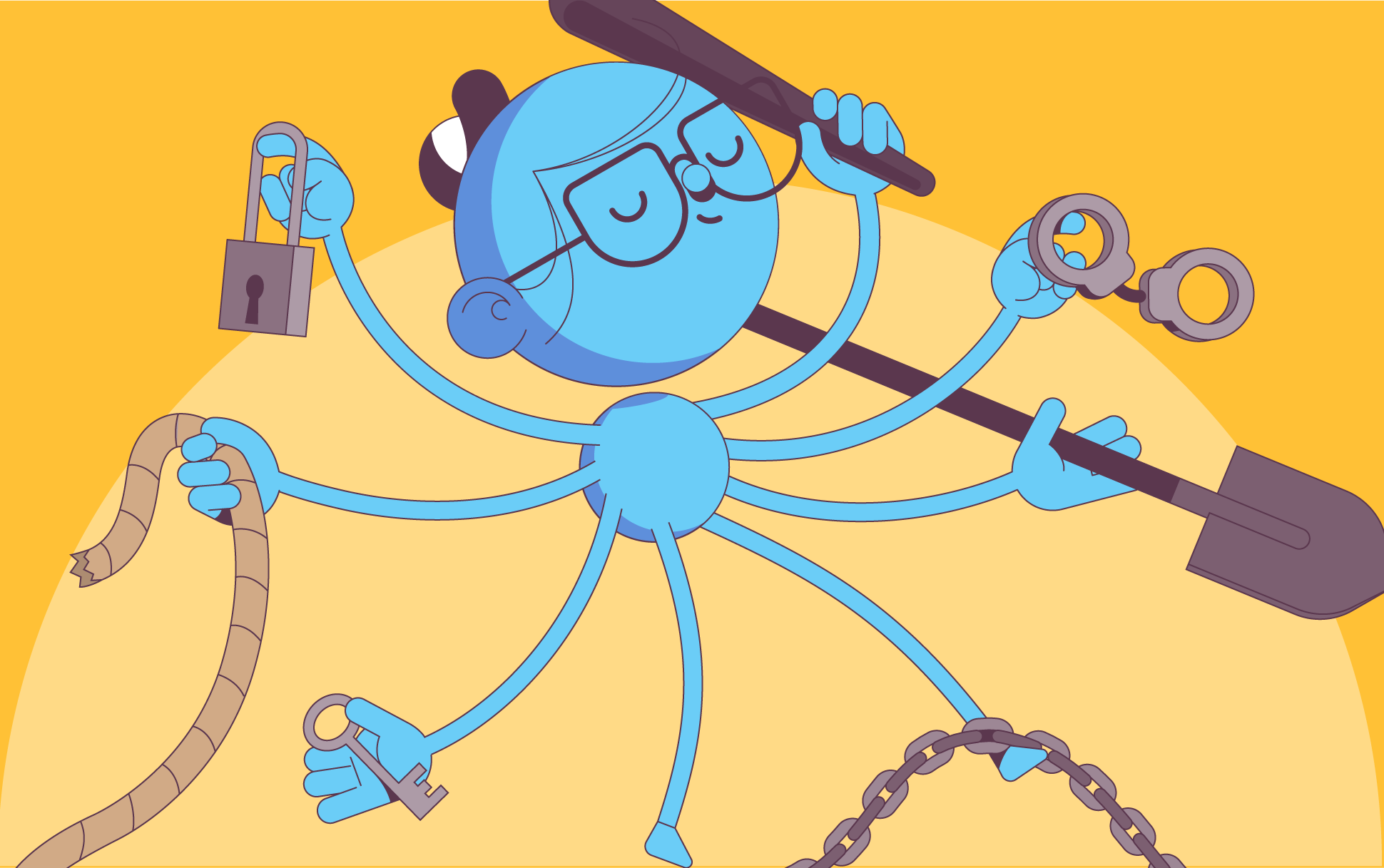
There are many important considerations you must take when running a small business, one of which is website security. While many might launch a website and promptly forget about it, it isn’t wise — particularly if your business has an online component.
Keep your small business website safe and secure by following these seven best practices.
1. Update software regularly
It might not seem like a big deal, but out-of-date website software can leave you at risk of a security breach. Software updates often come with patches and fixes for known vulnerabilities. If you don’t regularly update your site’s back end, hackers could potentially exploit these vulnerabilities to gain access. So be sure to keep up with all potential updates, from your content management system to applications and plugins. It might be helpful to set up automatic updates if you’re likely to forget.
2. Get malware and virus protection for your site
Safeguard your site from malicious software and viruses, such as ransomware and spyware, by adding malware and virus protection to your site. This kind of application will help detect and remove malware and viruses and prevent them from reaching your site moving forward.
3. Use a vulnerability scanner
Regularly scan your site for known vulnerabilities to ensure everything runs as it should. Unlike malware and virus protection which you’ll install on your site, a vulnerability scanner is an external resource, such as Sucuri. You simply submit your site’s URL, and it will check for common issues like website errors, out-of-date software, malicious code, and your blacklisting status.
4. Be careful with login permissions
Keeping your site and, by extension, customers safe means limiting access to certain areas of your site’s backend as well as actions they’re permitted to take. Not everyone working on your site needs complete control over it, and limiting permissions prevents the worst from happening if someone makes a careless mistake or an account takeover occurs. Most content management systems allow you to easily create and assign user roles and permissions. For example, WordPress’s default roles are Administrator, Editor, Author, Contributor, and Subscriber.
5. Perform backups frequently
If anything ever does go wrong with your site and it’s taken offline, a regularly backed-up site will ensure it’s back up and running as soon as possible. Many website hosts offer automatic backups as part of hosting plans, but if you want more control over how frequently your site is backed up, it may be beneficial to use an additional plugin or service, especially if your site is updated with new content often.
6. Protect customers with an SSL
Everyone with a website needs an SSL certificate. No exceptions. Not only do these digital certificates encrypt the connection to and from your site, but browsers and search engines have come to require it in recent years. So, if you want your site to load properly and appear in search engine results pages, you’ll need to install an SSL. They’ll also protect your users from data theft and identity fraud.
Check out our selection of affordable SSLs.
7. Protect your Wi-Fi
Poor business network security could also put your business at risk, so don’t neglect your Wi-Fi. If your office premises network is breached, it could leave every connected device vulnerable. Ensure its security by changing the default login credentials and setting a strong password, updating the network name, enabling network encryption and firewalls, disabling remote access, and updating your router’s firmware.
Secure your site
Website security might seem complex from the outside, but it really isn’t. By following these seven best practices, you should prevent your business site from being compromised.

Cora is a digital copywriter for SSLs.com. Having eight years of experience in online content creation, she is a versatile writer with an interest in a wide variety of topics, ranging from technology to marketing.